All change, please!
This post has been updated and is now on a new version of this site.
This notice will remain online until 20 September 2016.
All change, please!
This post has been updated and is now on a new version of this site.
This notice will remain online until 20 September 2016.
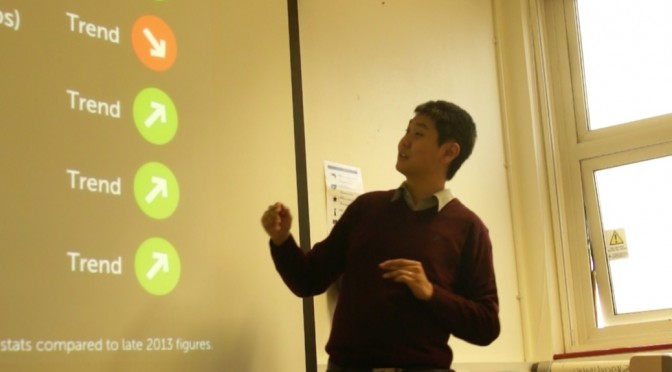
All change, please!
This post has been updated and is now on a new version of this site.
This notice will remain online until 20 September 2016.
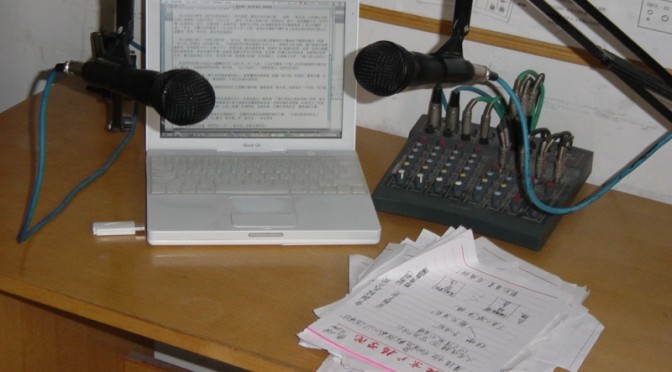
All change, please!
This post has been updated and is now on a new version of this site.
This notice will remain online until 20 September 2016.
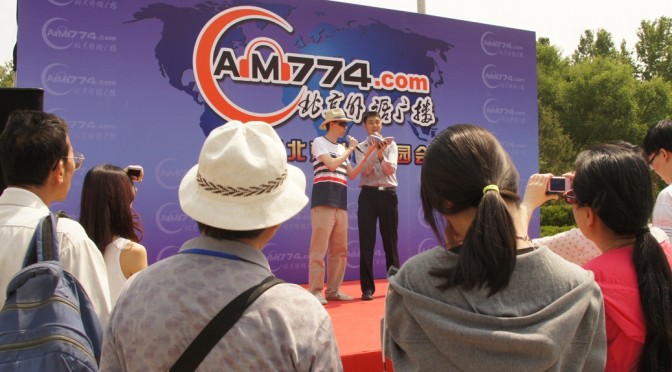
All change, please!
This post has been updated and is now on a new version of this site.
This notice will remain online until 20 September 2016.
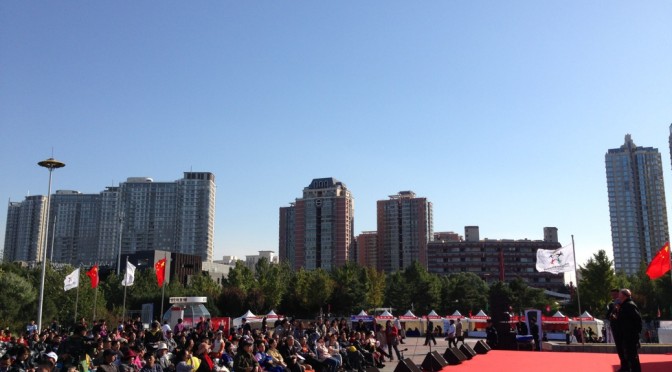
All change, please!
This page has been updated and is now on a new version of this site.
This notice will remain online until 20 September 2016.
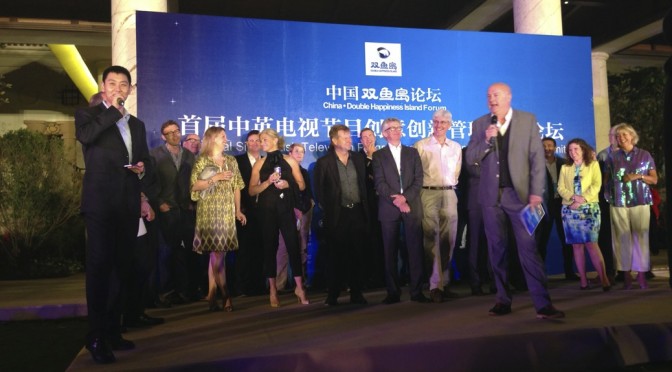
All change, please!
This post has been updated and is now on a new version of this site.
This notice will remain online until 20 September 2016.
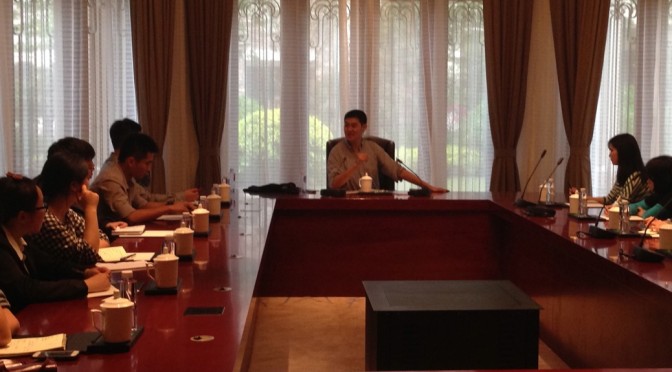
There are a few things I still look up to when it comes to Switzerland, in spite of its vote of near self-destruction on 9 February 2014, when it slammed the doors on what was hyped as “over-immigration”. (In this case you were probably a little “less smart” to have signed the agreement in the first place, right?)
But one thing I look up to Switzerland is its national air carrier, Swiss International Air Lines, a company I still at times refer to as “Swissair” (which was what it was pre-2002). Swiss is famous for its quality of service, and this was “reinforced” during my recent passport renewal visit at the Swiss embassy (so in actual fact both the airline and the embassy were great). The biometrics machine did fail — it took nearly an hour for it to be done — but staff offered me a glass of water and some Swiss chocolate!
The Swiss doing Swiss (pardon the pun) are addicted to quality to extents you simply cannot imagine. Standard on all Swiss flights are the “good bye” chocolates, popularised by its new safety video. The font they have chosen is totally unique and was made in Switzerland — its use is refined, and it is one of the most legible fonts ever. Most importantly, the announcements are one of the very best in the world, from the safety video to those broadcast by living, breathing human beings. There are occasional announcements full of humour (“Ladies and gentlemen, in case you would still like to fly with us, here are the connections at Zurich airport”) and arrival information (and transfers) are standard with all flights (certainly those to Zurich). There are no political propaganda or long-winded, useless, repetitive announcements.
Recently, I hosted (and am still hosting now, as of this post) 200 media professionals (including nearly 30 top-calibre UK media pros) in Zhangzhou, right off Xiamen, in southeastern China. Every day gave me microphone access. I loved the competition from the local host, as it showed exactly what the Swiss advantage was. Never mind the local, at times, might have asked a question better; or might have shown more grace in the choice of words; the Swiss learnt from Swiss, and as I told one of the chief executives of the UK delegation, I had wanted to do what Swiss crew members do: complete addiction to quality and details (and I do this because I was treated right by Swiss crew, and they inspired me on how quality services was done). Whereas a local might simply read off a rather generic cue card, the Swiss plan their future cue cards as “design + art”; whereas a local has a few firm lines to stick by, flexibility is seen both on Swiss flights (and certainly customisability with higher classes of travel), and I take my cue from there. (Here, I was more inspired by the Mac OS’s context-sensitive menus; the keyword here is: “relevance”.)
The Swiss obviously tick along perfect with Macs. Where PCs would have a problem playing embedded video, Macs did it all. There was probably one 2 second clip which did not play, but nobody had a major issue. Instead of “pushing presenters around”, I made the extra effort to pay full attention to their presentations, make supportive comments right after the show (maybe even crack a joke if possible), and to shake their hands in public — at least once. In the event of tech glitches, I was standing just inches away, so I’d immediately fix the problems. I really kind of wished the local presenter did the same, as there is such a narrow (but deep) gap between holding a microphone and shooting down cold words down it, and using the same but in a much more refined manner.
Deep in the night, sometimes I lose full nights wondering just what is the next thing I could do just to beat Swiss Business Class, or Jony Ive and the Apple operating systems. The quest for perfection simply cannot be slowed down; you cannot shift down, you can only shift up. I remain very honoured to be part of the crew that pulled off the China-UK media summit in Xiamen off so well, and I was happy to be given a chance to mix the sauces (so to speak) of entertainment, information and care into one tasty paste.
Which ideally would taste better than my favourite French dressing of childhood legend…
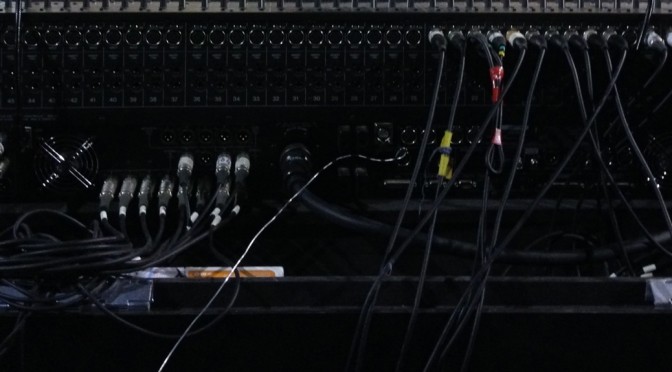
If you still thought the media of today here in China was more like this…
I’m sorry to say that — you need a software update. For the brain.
My main job here at the Communication University of China, now as an academic, is in scholarly research. My most important project right now is to further research Chinese media. And my “academic portfolio” is full of things very much related to that main involvement — I lectured (and continue to lecture) about both media in general and also media in China, and one of my academic side gigs is Lecturer of Chinese Media Analysis at Hebei University, about 60 miles or so southeast of the Jing.
Whenever I’ve time, I head straight to either the Media Museum or the university’s library. My main involvement right now is chronicling media in China, especially social media. But I can’t really focus solely on “media studies” and “social media in China in the 21st century”. None of you wants to be left out in the dark when it comes to the full story, so I’m taking an interdisciplinary approach in my research. Throughout my hours of research, I’ve discovered more than a few tasty morsels of media history and development in China, and that’s why I’ve dedicated my research a whole new blog on its own — the new Chang’anjie Media Notebook.
As to the name of the blog — as I put it, Chang’anjie is what many locals refer to as the “combo avenue” that goes from the western suburbs through via Tian’anmen all the way into the Beijing CBD. Literally Chang’an Street or (for its size) Chang’an Avenue, it is both a symbol of political power in China, and is home to many a Chinese media organisation: CCTV (Colour TV Centre), China Radio International, China National Radio, Radio Beijing, Beijing TV, People’s Daily (just a few blocks away from the main avenue), and the new and still-oft controversial new CCTV “Big Pants” building, as well as China’s “number one” media university, the Communication University of China. The national and local media authorities also have set up shop on this avenue. It is as of there was no better name to call this site given its focus.
Updates will pour in on weekdays and, at times, over weekends as well. No money is made or sought in any way from the blog — indeed, it was high time the so-called “public intellectuals” of China actually stopped hiding their secretive lucrative interests in every Weibo tweet they post!
The Chinese Weibo and, indeed, social media world, has been taken by storm by the invention of the Long Weibo (長微博, chang wei bo). In essence, you can think of this as a super-long tweet as a graphic attached to a post on Weibo.
Try as you might — in particular super-long Long Weibos (pardon the pun) won’t work on Twitter. I tried one where we had this super-long pic of the Shanghai Metro connections out of Hongqiao station being posted on Twitter. In essence the thing was too long, waaayy too slim (width-wise), and of too poor a resolution once uploaded — not even investing in a massive microscope would’ve done the deal.
Long Weibos are a big thing in China. First, especially if you create them on your own (without going through an “official Long Weibo maker”, you can post just about anything you want, including stuff that might have Zhongnanhai s@—#ting bricks (excuse me please). A text post is always checked by an “e-censor”; if it’s problematic with the CCP, you simply can’t post unless you mod the text — by, for example, inserting dashes, just-li-k-e-th-i-s — so you dodge the censors. With a graphic Long Weibo (I didn’t mean it that way), you can indeed post anything — including graphic content (ahem).
Second, you can make the thing as long as you want. You can spend minutes, even hours, going through a Long Weibo, if you’re so inclined. Even the Chinese Communist Party’s official news system makes extensive use of Long Weibos, where text and pics co-exist “in a perfectly harmonious e-society” (so to speak).
Probably because of these two reasons, Long Weibos have taken on a life of its own. Weibo’s deep-seated integration of pictures (and because the Weibo repost mechanism preserves Long Weibos in the original post, if there is one) makes these things popular — actually, popular here might be too weak a word. They also work great on WeChat (although WeChat supports super-long text-based entries as well), so you can easily take a Long Weibo from Weibo (see where I’m getting at?) to WeChat. It worked great for me; I get Likes and Comments all the same, be it a Long Weibo-included post on Weibo or WeChat.
As a result, because Long Weibos are content-rich, they qualify for a blog article in their own right (including those that contain nothing but cutesy kitty pics, which has long been a favourite of Shanghai Rail’s official Weibo account). Beginning in a few days’ time, you’ll soon see the text of what used to be (solely) Long Weibos appear here on my site — and you can spot them easily, as they’ll be in the Long Weibo category. I’ll try to translate stuff that started out life originally in Chinese as well.
This Long Weibo thing can get quite addicting. To the world outside of China, Long Weibos probably aren’t documented that well. If there was an e-samzidat, of kinds, in e-China, Long Weibos might have provided the first such platform for these…
Please note that, in order for me to best time and organise your interview request, compulsory registration for media interviews will apply for interviews to be held on or after midnight on 03 December 2013. (You apply here online.)
This applies to all media. It applies equally to those affiliated with both the Communication University of China, as well as Chinese railways media. There are no exceptions — even if we’ve known each other for a fair bit, you still need to register. (Let’s actually not make it “that scary”: registration means I can actually remember your request — and makes it easier for us to finalised on a date, time, and venue. Your time is as important as mine!)
Important: This notice still will not apply for media interviews which occur during public events.
Registration isn’t really “that” per say. I would say the more proper term is “application”, in actual fact, since there are no scary-as-heck ID codes and passwords to be remembered.
Two other things to mention:–
Other than that, we should all be set for the interview. Oh, and by the way: I am free to interviews where multiple devices are used: you can use traditional notebooks, microphones / recorders, cameras and video cameras all at the same time and I’ll have no problems at all.
Thanks for your interest!